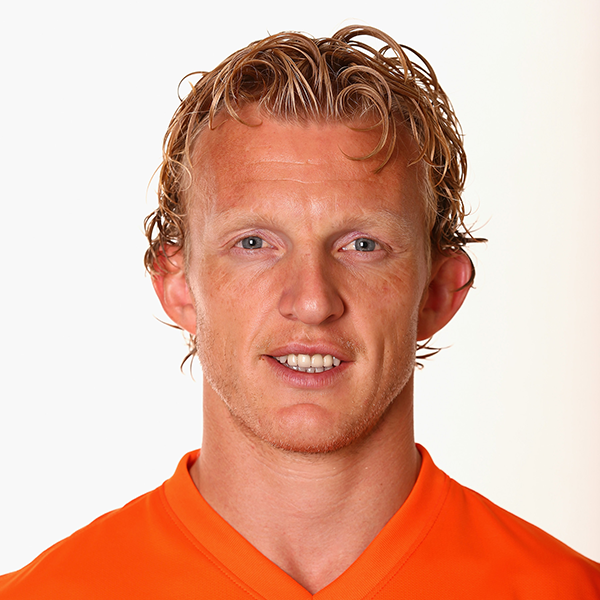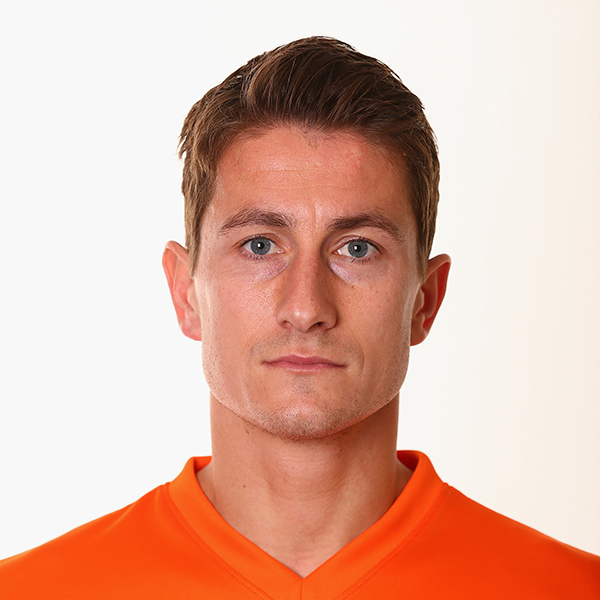Sponsorship refers to the support given
towards an event, person or activity using financial means or through the use
of services or products. A sponsor is very similar with a benefactor as they
provide support. The benefits of
sponsorship are that the sponsor can obtain brand awareness towards their
organization. Increase their sales, or to help build their brand. Sponsorship is very different than
advertising, as sponsorship cannot specifically change the sponsoree’s product
or event and requires outside elements to help make it successful unlike
advertising.
However, in this report we will be talking about the sponsors of the Historic FIFA World Cup, there have been a long list of sponsors since the acceptance of sponsors starting from the year 1982. However, after the 2006 FiFa World Cup in Germany, FIFA unveiled and started its new marketing and commercial Strategy, the three-tier Sponsorship Structure. The First level Tier, or Primary tier consists of FIFA Partners, the Secondary Tier refers to the World Cup Sponsors and the Third Tier are national supporters for each of the FIFA world cup events, which means that local companies on where the world cup are hosted are allowed to be sponsors.
The benefit of using this strategy is that
a wide array of product category exclusivity, leaving each brand to properly
and successfully distinguish itself from other competitive brands from the same
product line or category, for example, If Coke-Cola is the official sponsor for
the world cup, other competitors such as Pepsi or Dr.Pepper are not allowed to
sponsor it as well.
The Main Sponsor for FIFA since 2006 are Adidas, Visa, Sony,
Emirates, Hyundai&Kia Motors and Coca-Cola, these companies are the first
tier sponsors in which they are help the development of football even after the
world cup or any event affiliated with the world cup has ended. Coca-Cola being
the highest in the hierarchy for the most amount of sponsorship funds given to
FIFA.
















































